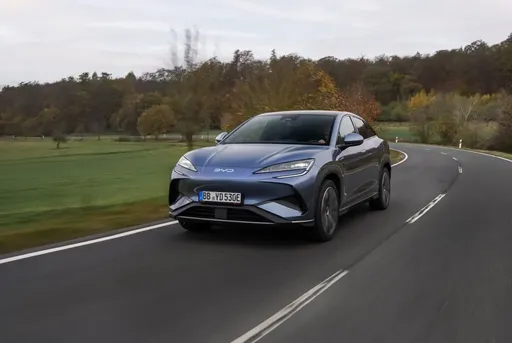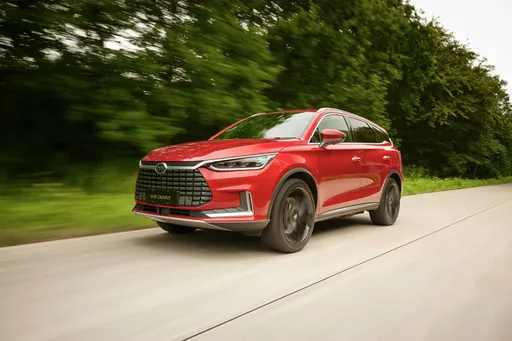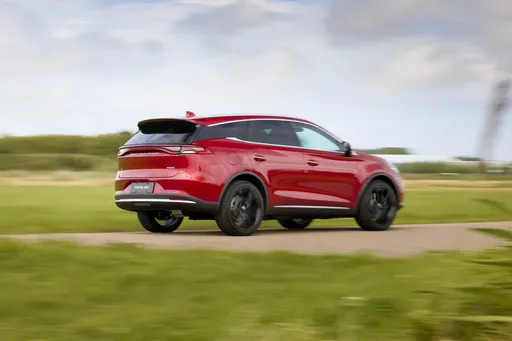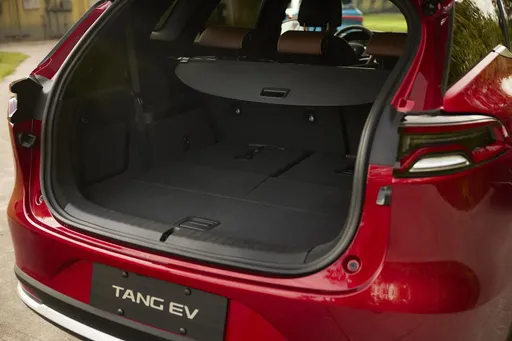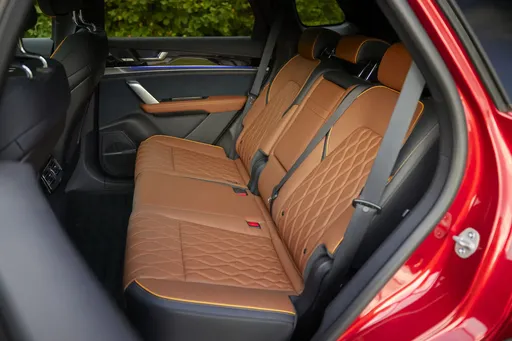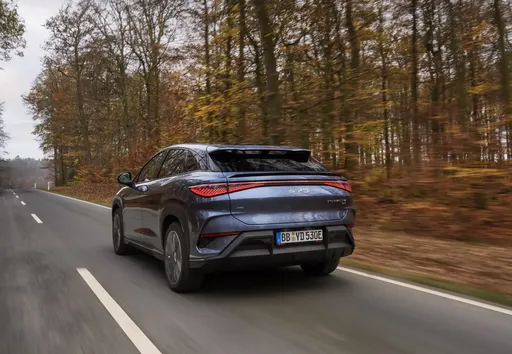The Battle of Electric Excellence: BYD Tang vs. BYD Sealion 7
In the ever-expanding realm of electric SUVs, BYD presents two formidable contenders: the BYD Tang and the BYD Sealion 7. Both vehicles boast cutting-edge technology and robust performance, setting the stage for an electrifying showdown. Let's delve into the technical nuances and innovative features that define these two powerhouses.

